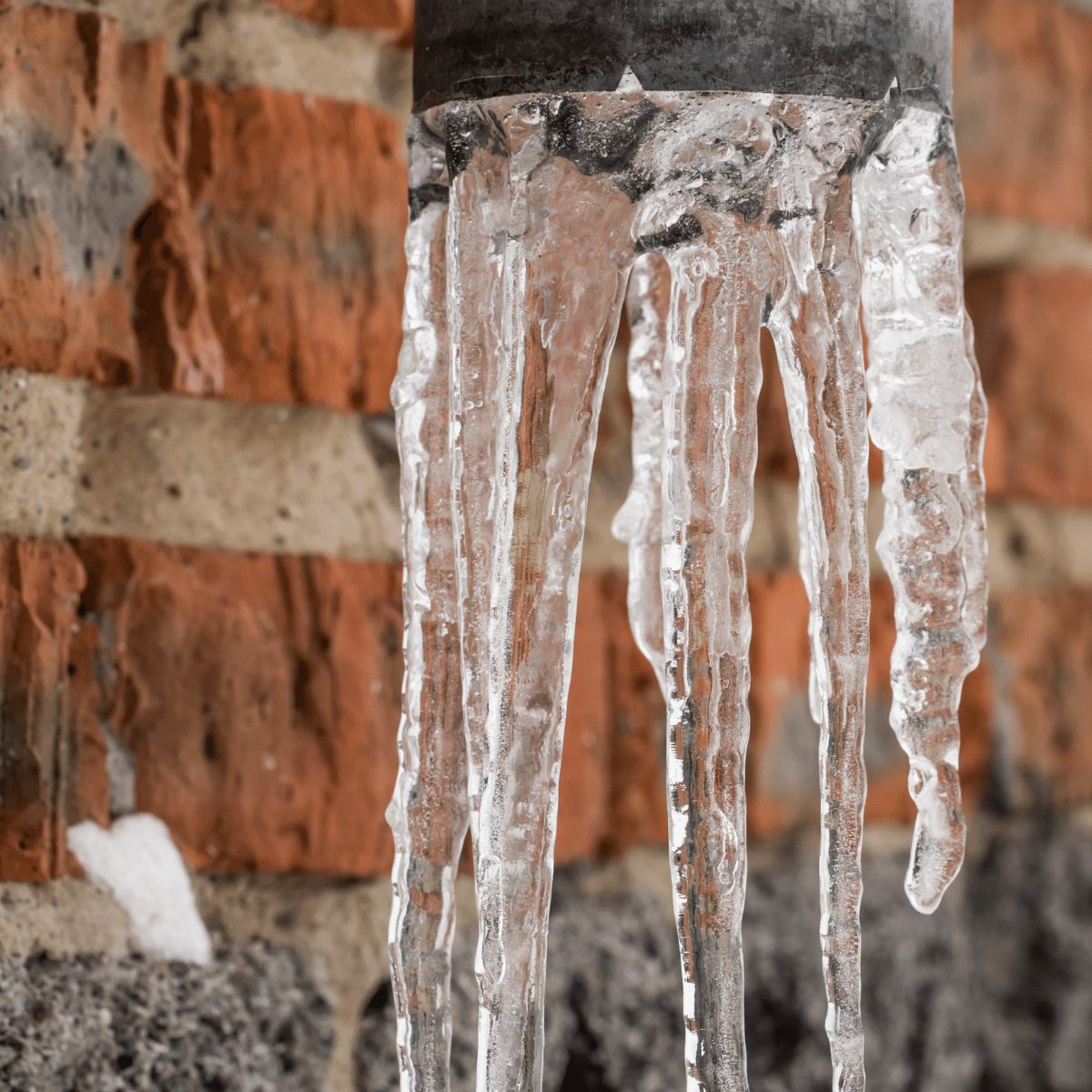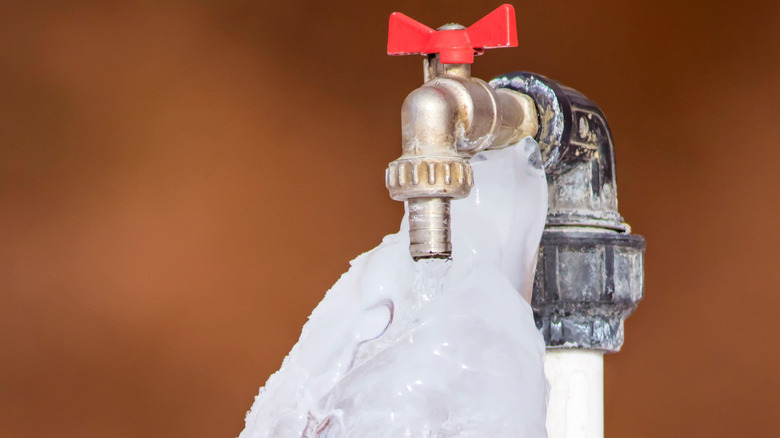Listed here in the next paragraphs you'll find a bunch of great ideas with regards to How to prepare your home plumbing for winter weather.

Winter can damage your pipes, especially by freezing pipes. Below's exactly how to stop it from happening and what to do if it does.
Intro
As temperature levels decline, the threat of frozen pipes rises, possibly causing costly repair work and water damage. Comprehending how to stop icy pipelines is important for property owners in chilly climates.
Prevention Tips
Shielding susceptible pipes
Wrap pipes in insulation sleeves or utilize warm tape to secure them from freezing temperatures. Focus on pipes in unheated or outside locations of the home.
Home heating techniques
Maintain indoor areas adequately heated, especially locations with pipes. Open cabinet doors to enable cozy air to flow around pipelines under sinks.
Exactly how to recognize frozen pipes
Search for reduced water flow from faucets, uncommon odors or noises from pipelines, and visible frost on revealed pipes.
Long-Term Solutions
Structural adjustments
Think about rerouting pipes far from exterior walls or unheated locations. Add additional insulation to attic rooms, basements, and crawl spaces.
Upgrading insulation
Purchase top notch insulation for pipes, attics, and walls. Appropriate insulation aids keep consistent temperatures and minimizes the risk of frozen pipes.
Shielding Outside Pipes
Yard hose pipes and outside faucets
Detach and drain pipes yard hoses before winter months. Install frost-proof spigots or cover outside faucets with protected caps.
Recognizing Icy Pipes
What causes pipes to freeze?
Pipelines freeze when subjected to temperatures listed below 32 ° F (0 ° C) for prolonged durations. As water inside the pipelines freezes, it broadens, taxing the pipeline wall surfaces and potentially causing them to rupture.
Dangers and problems
Icy pipelines can cause water supply interruptions, property damage, and expensive repair work. Burst pipes can flooding homes and create extensive structural damage.
Signs of Frozen Piping
Recognizing icy pipes early can prevent them from bursting.
What to Do If Your Pipelines Freeze
Immediate actions to take
If you think icy pipelines, maintain faucets open up to alleviate pressure as the ice thaws. Utilize a hairdryer or towels taken in hot water to thaw pipelines slowly.
Verdict
Preventing icy pipelines needs aggressive steps and fast responses. By comprehending the reasons, signs, and safety nets, homeowners can safeguard their plumbing during cold weather.
6 Proven Ways to Prevent Frozen Pipes and Protect Your Home
Disconnect and Drain Garden Hoses
Before winter arrives, start by disconnecting your garden hoses and draining any remaining water. Close the shut-off valves that supply outdoor hose bibs and leave the outdoor faucet open to allow any residual water to drain. For extra protection, consider using faucet covers throughout the colder months. It’s also important to drain water from any sprinkler supply lines following the manufacturer’s directions.
Insulate Exposed Pipes
Insulating your pipes is an effective way to prevent freezing. Pipe insulation is readily available at home improvement stores and is relatively inexpensive. Pay close attention to pipes in unheated areas such as the attic, basement, crawl spaces, or garage. Apply foam insulation generously to create a buffer against the cold. You can also wrap your pipes in heat tape or thermostat-controlled heat cables for added warmth.
Seal Air Leaks
Inspect your home for any cracks or openings that could let in cold air. Seal any holes around the piping in interior or exterior walls, as well as the sill plates where your home rests on its foundation. Additionally, make sure to keep your garage door closed unless you’re entering or exiting. Leaving it open creates a significant air leak that can lead to frozen pipes.
Allow Warm Air Circulation
During cold snaps, it’s essential to allow warm air to circulate evenly throughout your home. Leave interior doors ajar to promote better airflow. Open kitchen and bathroom cabinets to help distribute heat consistently around the rooms. If you have small children or pets, be sure to remove any household chemicals or potentially harmful cleaners from open cabinets for safety.
Let Faucets Drip
A small trickle of water can make a big difference in preventing ice formation inside your pipes. When temperatures drop significantly, start a drip of water from all faucets served by exposed pipes. This continuous flow helps prevent the water from freezing. Additionally, running a few faucets slightly can relieve pressure inside the pipes, reducing the chances of a rupture if the water inside does freeze.
https://choateshvac.com/6-proven-ways-to-prevent-frozen-pipes-and-protect-your-home/

As a passionate reader about How to prepare your home plumbing for winter weather, I imagined sharing that excerpt was worth the trouble. Sharing is nice. Helping people is fun. We take joy in reading our article about Helpful Tips to Prevent Frozen Pipes this Winter.
Go Services
Comments on “Protecting Against Frozen Plumbing in Winter: Key Advice”